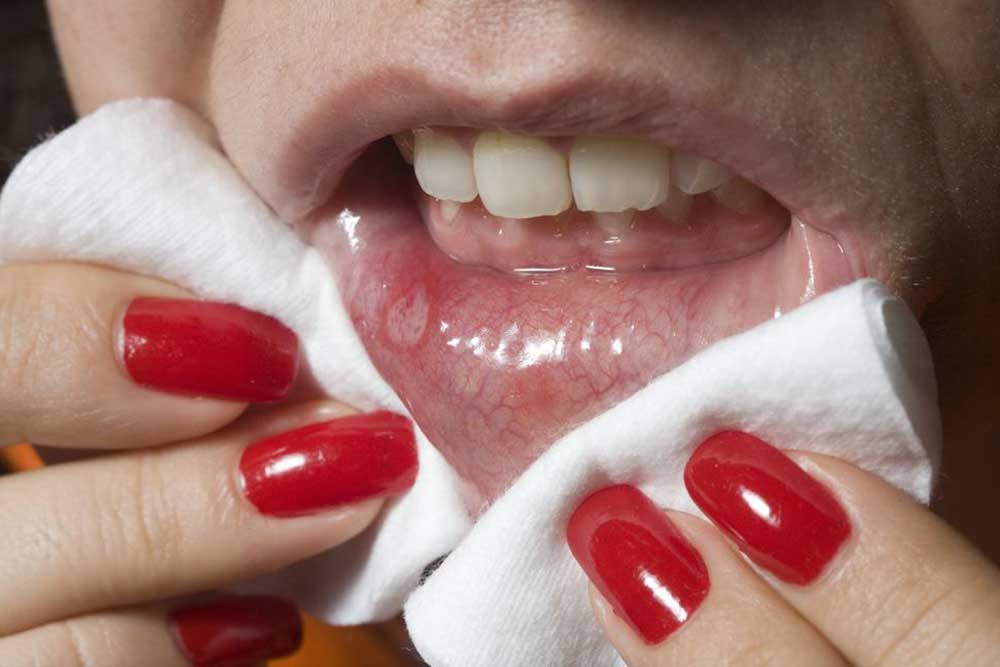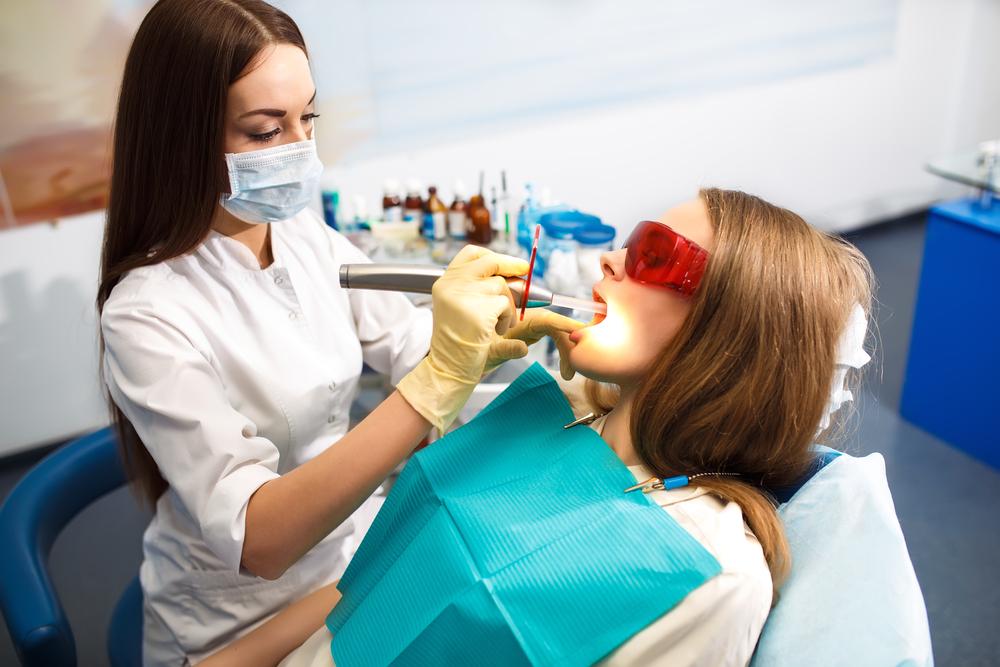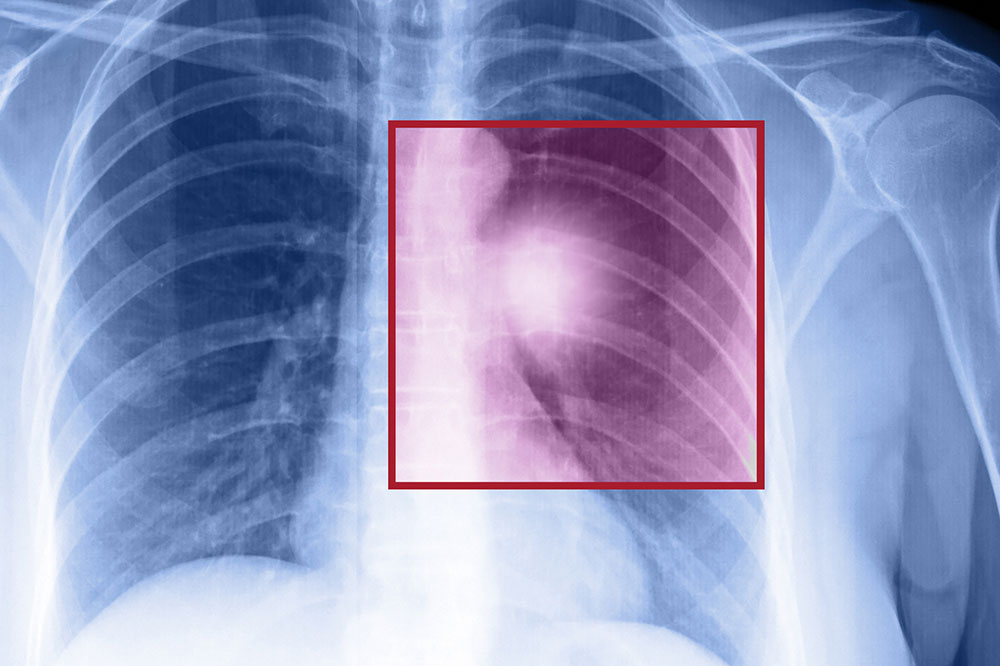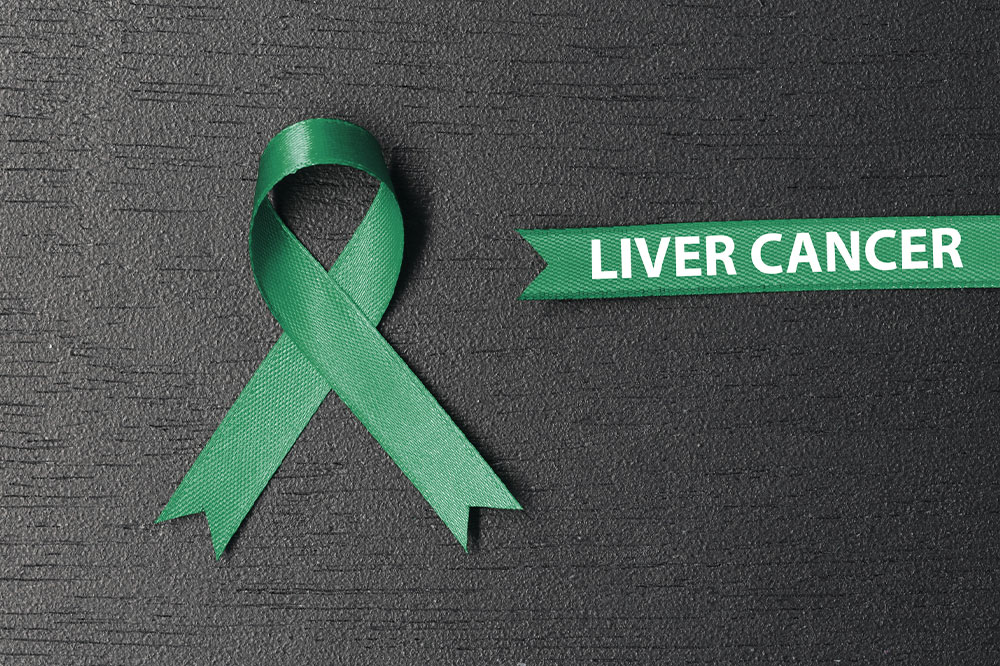Comprehensive Guide to Oral Cancer: Recognizing Symptoms, Causes, and Treatment Options
This comprehensive guide provides vital information about oral cancer, including its symptoms, causes, early detection strategies, and treatment options. It emphasizes the importance of regular screenings and self-examinations for at-risk populations. Recognizing early signs can significantly improve treatment success, making awareness and proactive healthcare essential. The article also covers risk factors such as tobacco, alcohol, and HPV, along with preventive measures to reduce risks. With detailed diagnostic methods and treatment approaches, this guide aims to empower readers to prioritize their oral health effectively.
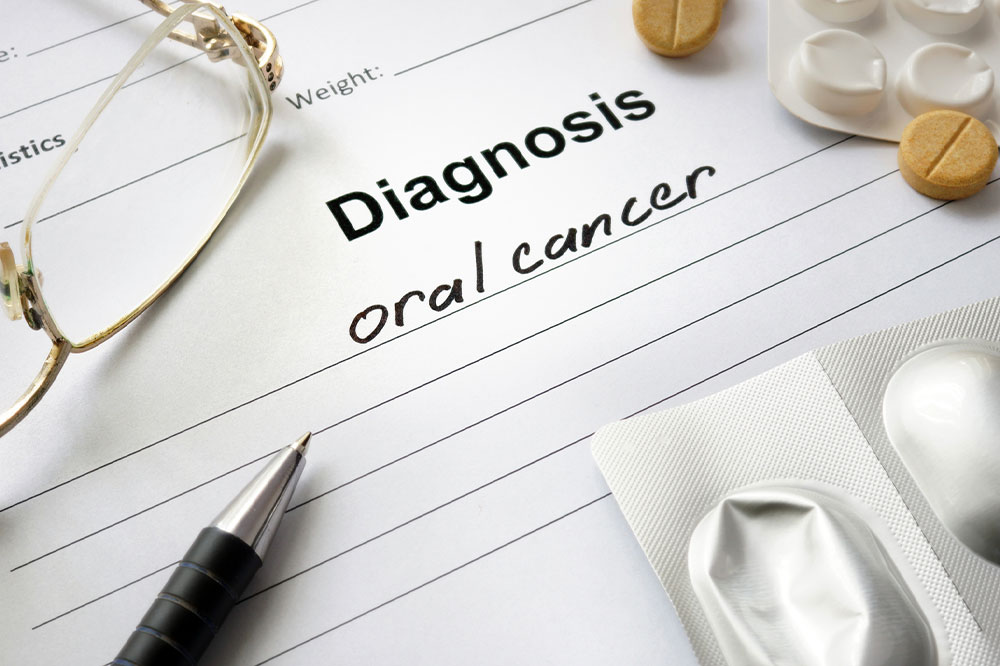
Comprehensive Guide to Oral Cancer: Recognizing Symptoms, Causes, and Treatment Options
Oral cancer is a serious health concern that often progresses unnoticed until it reaches advanced stages. It manifests as persistent sores, unusual growths, or lesions in the mouth that do not heal over time. Globally, thousands of individuals are diagnosed with oral cancer each year, making awareness and early detection crucial for effective treatment and improved survival rates. In this comprehensive article, we explore the various aspects of oral cancer, including its symptoms, underlying causes, risk factors, diagnosis methods, prevention strategies, and treatment options to empower you to take proactive steps toward oral health.
Understanding Oral Cancer
Oral cancer predominantly affects the mucous membranes inside the mouth, including the lips, tongue, cheeks, the floor of the mouth, and the throat. It is classified as a type of head and neck cancer. The disease develops when the normal squamous cells lining these areas undergo abnormal changes, often due to genetic mutations caused by various risk factors. If not detected early, oral cancer can invade surrounding tissues, metastasize to lymph nodes, or spread to distant parts of the body, significantly impacting health and quality of life.
As per recent statistics, approximately 50,000 individuals are diagnosed annually with oral cancer in the United States alone. Men account for nearly 70% of cases, which is believed to be linked to higher rates of tobacco and alcohol consumption among males. The risk varies by geographic region, lifestyle, and genetic predisposition. Common sites include the lips, which are exposed to sunlight; the lateral borders of the tongue; the inner cheeks; the floor of the mouth; and the throat region. Recognizing early signs and symptoms plays a vital role in improving treatment outcomes.
The Importance of Regular Oral Cancer Screening
Routine dental check-ups are critical for early detection. During a typical dental examination, professionals assess the mouth for suspicious lesions or abnormalities that could indicate the presence of precancerous changes or malignancies. Such screenings are simple, painless, and cost-effective ways to catch oral cancer in its nascent stages, where treatment success rates are significantly higher. Regular visits to the dentist are strongly recommended—at least once a year for most adults, with increased frequency for those at higher risk.
In addition to visual inspection, adjunct diagnostic procedures are employed when necessary. These can include biopsy procedures, imaging studies, and even saliva tests for molecular markers associated with oral cancer cells. For individuals with known risk factors like tobacco use, heavy alcohol intake, HPV infection, or a family history of head and neck cancers, more frequent screenings are advisable to ensure early identification of abnormalities.
Diagnostic Approaches to Confirm Oral Cancer
Precise diagnosis of oral cancer involves multiple methods to confirm the presence and extent of malignancy. Dentists and healthcare providers utilize various diagnostic tools, including:
Visual Examination: A comprehensive inspection of the oral cavity, face, neck, and throat to identify abnormal patches, lumps, or ulcerations that do not resolve.
Brush Biopsy: Employing a small brush to gently collect cells from suspicious lesions for microscopic examination, which is minimally invasive.
Incisional Biopsy: Removing a small tissue sample from the lesion for detailed histopathological analysis, considered the gold standard for definitive diagnosis.
Endoscopic Procedures: Using specialized instruments, such as mirrors, fiber optics, or small cameras, to visualize deeper structures like the throat and larynx, especially in cases where tumors are suspected beyond visible areas.
Imaging Tests: Techniques such as MRI, CT scans, or PET scans may be utilized to evaluate the extent of local invasion or metastasis.
Recognizing the Key Symptoms of Oral Cancer
Early detection hinges on awareness of common signs and symptoms, which include:
Lumps, thickening, or rough patches in the mouth or on the lips
Persistent ulcers or sores that do not heal within two weeks
Red or white patches, known as erythroplakia and leukoplakia respectively
Unexplained bleeding or numbness in the mouth
Persistent sore throat or feeling of something caught in the throat
Difficulty swallowing, speaking, or moving the jaw
Swelling or pain in the jaw or mouth, especially when wearing dentures
Ear pain and unexplained weight loss in advanced cases
Causes and Risk Factors Behind Oral Cancer
The etiology of oral cancer involves genetic mutations in the epithelial cells lining the mouth, often triggered by external factors. Major risk factors include:
Tobacco Use: Cigarettes, cigars, pipes, and smokeless tobacco significantly increase risk due to carcinogenic chemicals.
Alcohol Consumption: Heavy drinking acts synergistically with tobacco to enhance carcinogenic effects.
Human Papillomavirus (HPV): Certain strains of HPV, especially HPV-16, are linked to oral and oropharyngeal cancers.
Prolonged Sun Exposure: Particularly affecting the lips, which are exposed to sunlight and UV radiation.
Poor Oral Hygiene and Diet: Chronic irritation and deficiencies in vitamins A, C, and E can predispose the mucosa to malignant transformation.
Genetic Predisposition: A family history of head and neck cancers increases susceptibility.
Preventive Measures and Lifestyle Tips
While it is impossible to eliminate all risks, certain lifestyle modifications can significantly lower the likelihood of developing oral cancer. Consider the following:
Limit or avoid tobacco and alcohol consumption.
Protect lips by applying broad-spectrum sunscreen and wearing protective clothing when outdoors.
Maintain rigorous oral hygiene practices, including regular brushing, flossing, and dental check-ups.
Eat a balanced diet rich in fruits and vegetables to support immune function.
Avoid prolonged exposure to irritating substances or environments.
Stay vigilant by performing self-examinations of the mouth regularly.
Early Detection and When to Seek Medical Advice
Performing self-examinations monthly and being attentive to abnormal signs is key. If you notice persistent sores, lumps, patches of abnormal coloration, or difficulty swallowing, consult a healthcare professional promptly. Early diagnosis allows for early interventions, which can significantly improve prognosis and reduce treatment-related complications.
Most primary treatments for oral cancer include surgical removal of tumors, radiation therapy, chemotherapy, or a combination of these modalities. Your medical team will tailor treatment plans based on the stage of the disease, location, overall health, and personal preferences. Discussing potential side effects and rehabilitation options is essential before proceeding with treatment.
